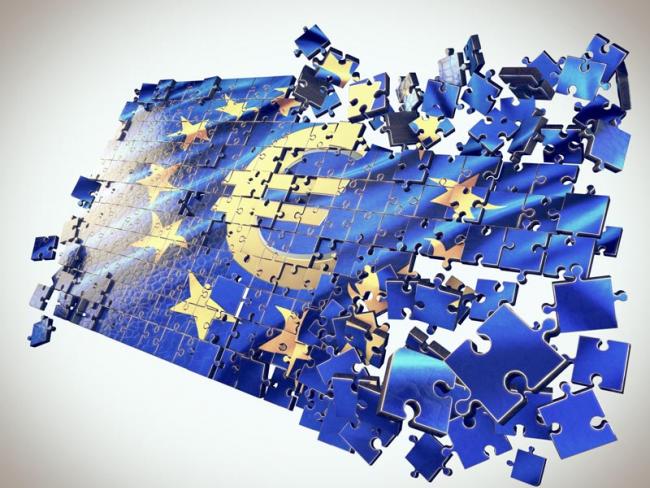Very much like capitalism in Britain, the EU is clueless about how to run an economy. A particular weakness is the European Central Bank, run by the famously helpless Christine Lagarde.
In October 2021 she said the bank’s €3.3 billion (about £2 billion) quantitative easing programme would end in March 2022. That didn’t happen. In the event, in March 2022 she said that it would wind down in the third quarter of the year, provided inflation looked set to return to below 2 per cent.
Now inflation in the EU is nowhere remotely near 2 per cent, but quantitative easing is ending. And the European Central Bank’s main deposit rate doubled at the end of October. Growth is being abandoned, signalled the bank’s vice president, Luis de Guindos, on 8 November. Belts will be tightened across Europe.
He spelled that out clearly: “We are going to increase interest rates, which is going to have an impact on financing conditions. It will reduce aggregate demand, both consumption and investment, but it’s the only possible way forward that we have…”
So those calling for greater ties to the EU are in fact calling for closer relations with a block increasingly bent on stagnation and decline, a victim of its own debt policy. When it was expanding, drawing in more and more countries and taking its combined population over 500 million, it thought it could ignore the rising debt on which its expansion had been built. Not any more.
When Britain left the EU, at a stroke the bloc lost 15 per cent of its GDP and just under 13 per cent of its population. Now the “ever-expanding union” has not just failed to expand since 2007 and lost a vital member, it is even seeing its population decline for the second year running.
In fact, most of the members of the EU are running government deficits and accumulated debt so high that were they outside the bloc, they would be officially ineligible to join. In 2021, 15 of them had deficits above the 3 per cent limit, and 14 had government debt above 60 per cent of GDP, the EU’s Eurostat body reported in October 2022.
Inflation in the eurozone jumped to 10.6 per cent in October and is expected to stay above 10 per cent in November. That’s more or less on a par with Britain (which uses a slightly different methodology).
The Confederation of British Industry is forecasting that the British economy will contract by 0.4 per cent in 2023. Over in euroland, economy commissioner Paolo Gentiloni said in November that the EU was heading for “two quarters of contraction”. So no salvation there.
Gentiloni forecast that overall the EU economy would expand by 0.3 per cent in 2023. But there were big provisos. Provided that the situation in Ukraine did not get worse. Provided that there were no gas shortages over the winter. Provided that the tightening of money supply did not induce “disorderly adjustments in financial markets”.
These are big ifs – especially the final one, because the European financial markets are likely to be anything but orderly. Each of them will try as best it can to cope with local conditions, but will do so under the burden of the one-size-fits-all euro and the erratic control of the European Central Bank.
• Related article: How long before Brexit is really done?

